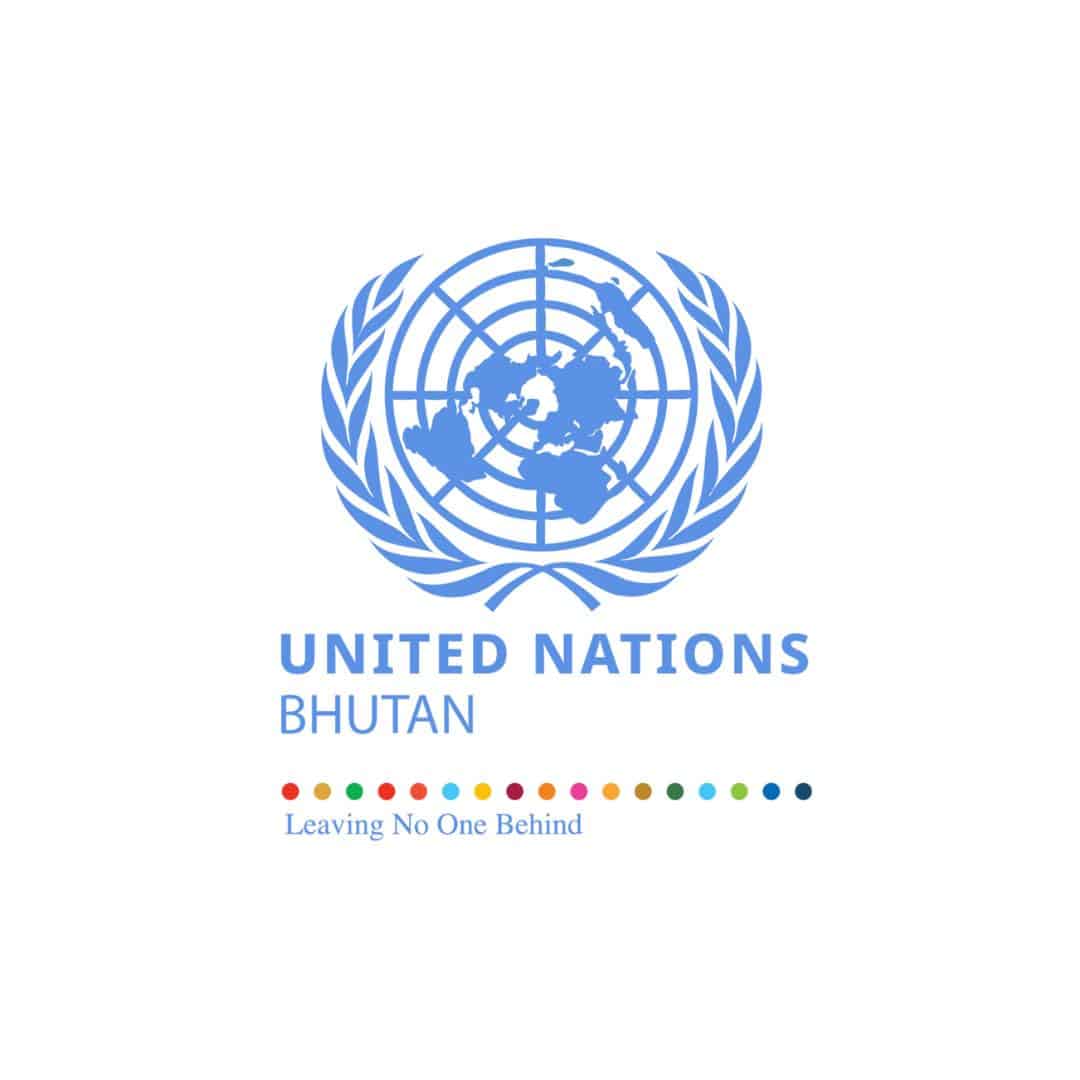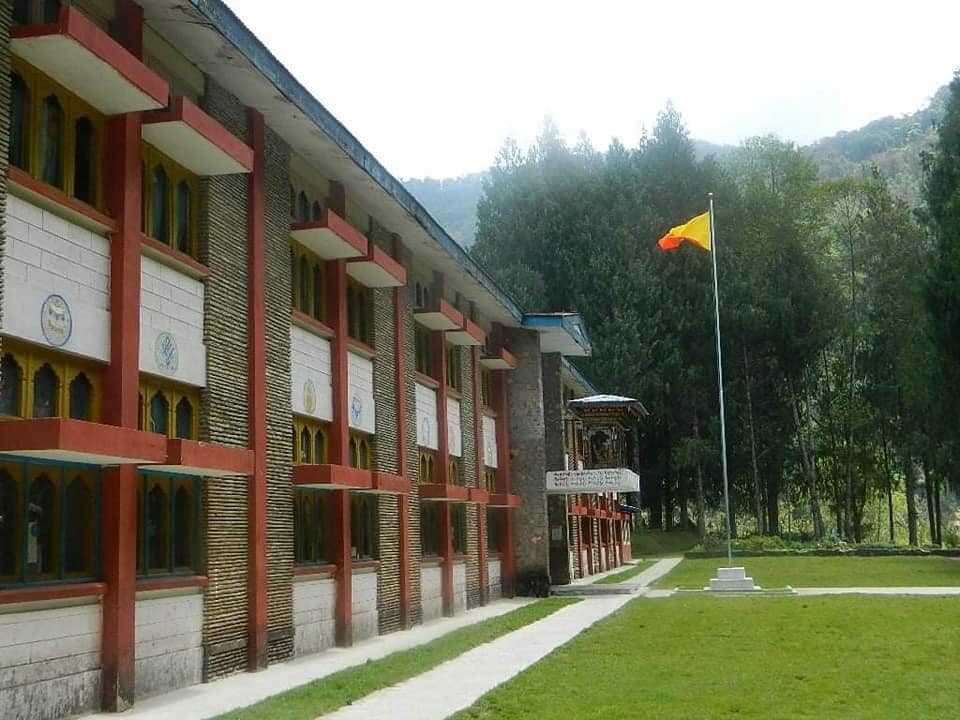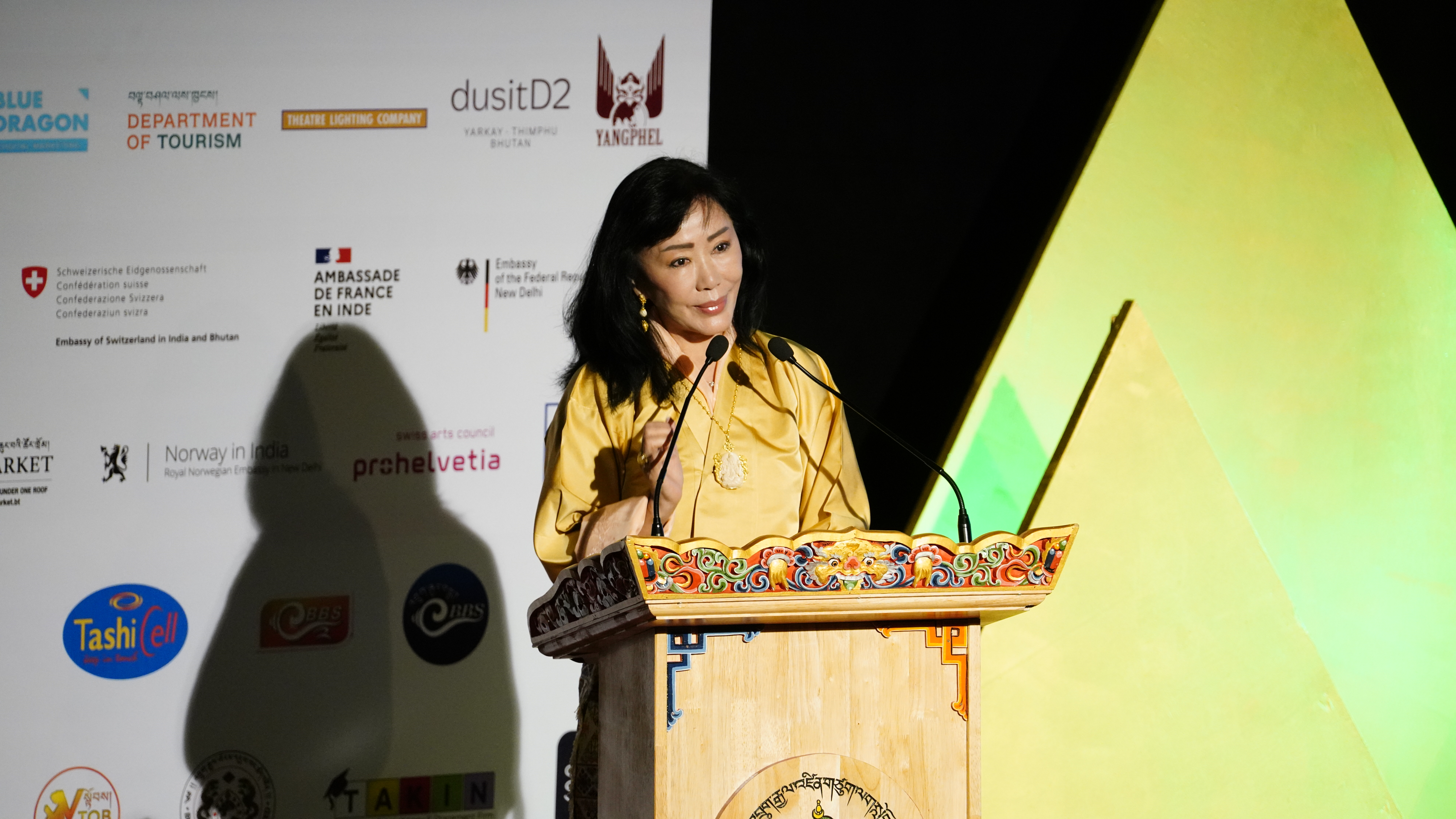Bhutan’s real Gross Domestic Product (GDP) that was recorded at 6.7% in the Financial Year (FY) 2015-16 is further likely to plummet to 6.2% in 2017-18.
This projection is according to the Monetary Policy Statement (MPS) 2017, a publication of the Royal Monetary Authority (RMA).
In the macroeconomic review, Bhutan’s real GDP was recorded at 6.7% in the FY 2015-16, slightly lower than the anticipated growth of 7%. The GDP growth is projected to decrease slightly to 6.3% in 2016-17 and 6.2% in 2017-18.
The decrease is mainly attributed to the winding down of hydropower constructions related to Mangdechhu and Punatsangchhu II. However, with the partial commissioning of Mangdechhu hydropower project the growth is expected to pick up marginally at 6.7% in 2018-19.
The economic growth in the country has been mainly driven by investment in hydropower projects, private sector and implementation of the 11th Five Year Plan (FYP), according to RMA’s MPS 2017.
RMA Governor Dasho Penjore reportedly said the current account deficit continues to remain challenging for the Bhutanese economy even as growth prospects remain positive, averaging 6.4% in the medium term.
“Nonetheless, since the large current account deficit is mainly attributed to hydropower developments which are self financing in nature, this characteristic of our current account imbalances must not be interpreted only with concerns but also in terms of opportunities,” the governor said in the report.
The MPS also stated that in the macroeconomic overview with an increase in prices of both the food and non-food components of the Consumer Price Index (CPI) basket, inflation increased from 3.3% in 2015-16 to 5.1% in the third quarter of 2016-17.
On the fiscal front, the fiscal deficit improved to 1.1% of GDP for FY 2015-16 against the target of 3.2% of GDP.
Meanwhile, the report outlines current account deficit as a manifestation of domestic supply bottlenecks and limited employment opportunities, thus requiring increase in the momentum of intervention from both the government and the financial sector.
The report states that RMA will continue to remain accommodative to support growth, complemented by a strong focus on financial inclusion, targeting as a first step activities related to agriculture, Cottage and Small Scale Industries (CSI) and entrepreneurship among the youth.
It is also mentioned that with the implementation of fiscal incentives and increasing pro-activeness of the government in addressing the supply side factors, the interest rate is expected to ease gradually, especially to reallocate the financial sector resources from unproductive to more productive sectors of the economy.
“As a result, the credit to private sector is expected to pick up over the medium term,” states the report.
And to complement the government efforts made through flagship projects, which will be implemented during the 12th FYP, the RMA also commits to support the initiatives by creating enabling monetary and financial sector polices geared towards boosting the domestic investment in the economy.
“While hydropower remains an important driver of growth for Bhutan, investments in the agriculture and CSI sectors and the implementation of the flagship projects will provide the much needed diversification and resilience to the economy,” the governor said.
The MPS also states that the CPI inflation, over the medium term, is projected at around 6%.
“Given Bhutan’s strong economic and financial linkages with India, the recently adopted inflation targeting framework in India has positive impact on Bhutan,” states the report. “Firstly, inflation targeting provides medium term signal on our general prices, which are indirectly embedded in the imported CPI, constituting 52% weight in the CPI basket. Secondly, the benchmark inflation target can be used to accordingly align our policies and also calibrate volatility in our exchange arrangements.”
Dechen Dolkar from Thimphu














